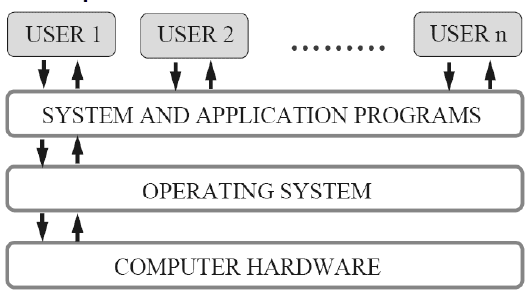Mechanical transducers
Mechanical transducers are devices that convert mechanical energy into electrical energy or vice versa. They play a crucial role in various applications, from industrial machinery to consumer electronics, medical devices, and scientific instrumentation. Here are some key types and aspects of mechanical transducers:
Types
of Mechanical Transducers
- Piezoelectric Transducers:
- Operation:
Convert mechanical stress or pressure into electrical voltage or
electrical voltage into mechanical movement.
- Applications:
Used in microphones, accelerometers, ultrasound imaging, and precision
actuators.
- Strain Gauges:
- Operation:
Measure strain (deformation) in an object by changing electrical
resistance.
- Applications:
Used in load cells for weighing systems, pressure sensors, and structural
health monitoring.
- Capacitive Transducers:
- Operation:
Change capacitance with the displacement of a diaphragm or other
mechanical element.
- Applications:
Used in pressure sensors, touch sensors, and position sensors.
- Inductive Transducers:
- Operation:
Change inductance with the movement of a magnetic core or other
mechanical parts.
- Applications:
Used in proximity sensors, displacement sensors, and metal detectors.
- Resistive Transducers:
- Operation:
Change resistance with mechanical displacement.
- Applications:
Used in potentiometers, thermistors, and force sensors.
- Optical Transducers:
- Operation:
Use changes in light properties, such as intensity or phase, to measure
mechanical displacement or strain.
- Applications:
Used in fiber optic sensors, encoders, and laser Doppler vibrometers.
- Magnetic Transducers:
- Operation:
Use magnetic field changes to measure mechanical motion.
- Applications:
Used in Hall effect sensors, magnetostrictive sensors, and magnetic
encoders.
Key
Properties
- Sensitivity:
The ability of the transducer to detect small changes in the measured
quantity.
- Range:
The span of measurement over which the transducer can operate effectively.
- Linearity:
The degree to which the output signal is directly proportional to the
input signal.
- Stability:
The ability to maintain consistent performance over time.
- Resolution:
The smallest change in the measured quantity that the transducer can
detect.
- Frequency Response:
The range of frequencies over which the transducer can accurately respond
to input signals.
Applications
- Industrial Automation:
Monitoring and controlling mechanical processes, such as in robotics, CNC
machines, and process control systems.
- Consumer Electronics:
Components in devices like smartphones, gaming controllers, and
smartwatches.
- Automotive:
Sensors for monitoring engine conditions, tire pressure, and vehicle
dynamics.
- Medical Devices:
Components in equipment like ultrasound machines, blood pressure monitors,
and prosthetic devices.
- Aerospace:
Sensors for measuring strain, pressure, and displacement in aircraft
structures and engines.
- Research and Development: Tools for experimental mechanics, material testing,
and structural analysis.
Recent
Advances
- MEMS (Micro-Electro-Mechanical Systems): Miniaturized transducers with high sensitivity and
integration capability, used in accelerometers, gyroscopes, and pressure
sensors.
- Smart Materials:
Materials like shape memory alloys and electroactive polymers that act as
both sensors and actuators.
- Wireless and IoT-Enabled Transducers: Allow remote monitoring and control, enhancing
capabilities in smart systems and the Internet of Things (IoT).
- Energy Harvesting:
Transducers that generate electrical energy from mechanical movements,
used in self-powered sensors and wearable devices.
Mechanical transducers are integral
to modern technology, offering precise and reliable conversion between
mechanical and electrical domains, driving advancements across numerous fields.



Comments
Post a Comment